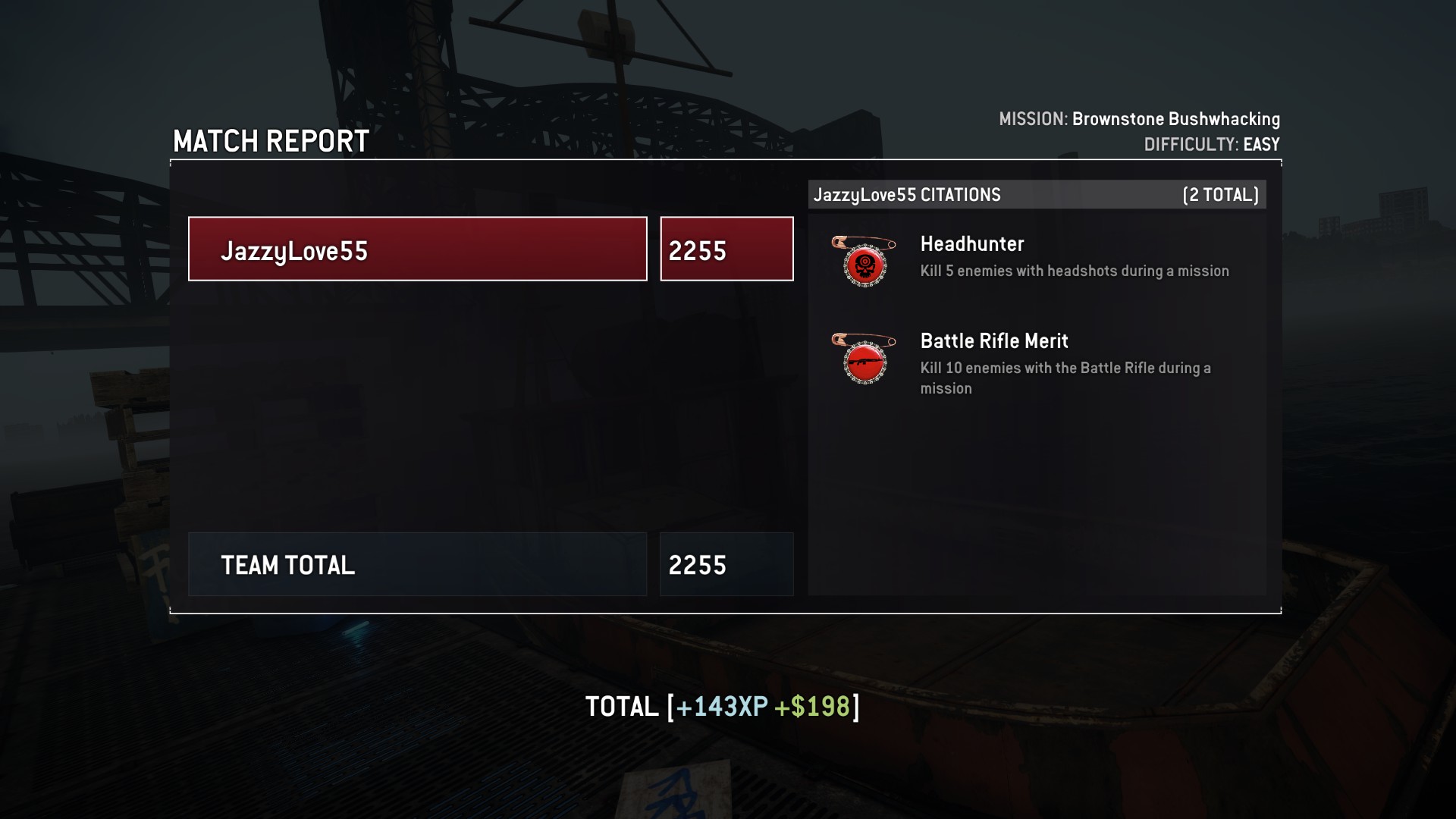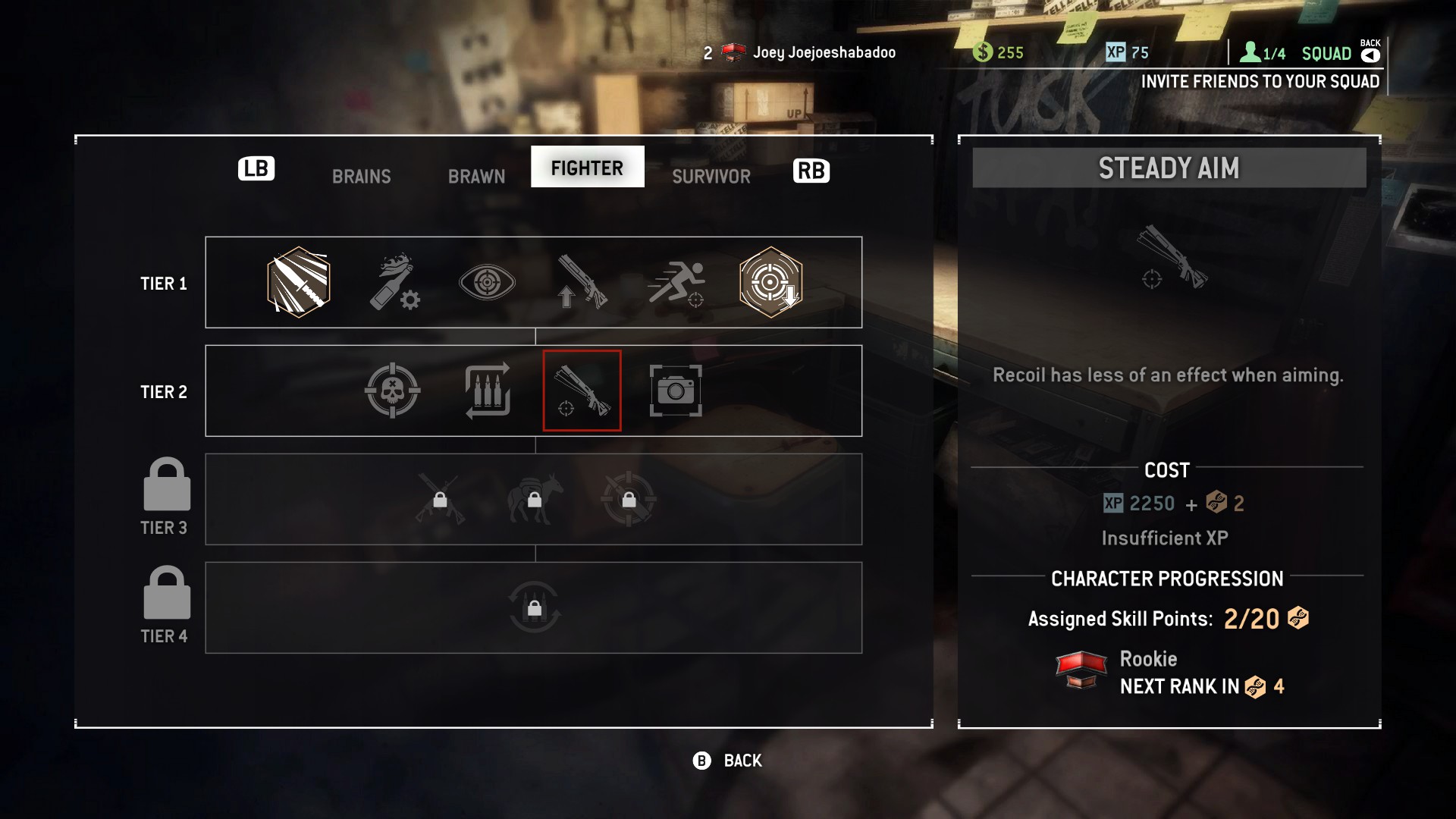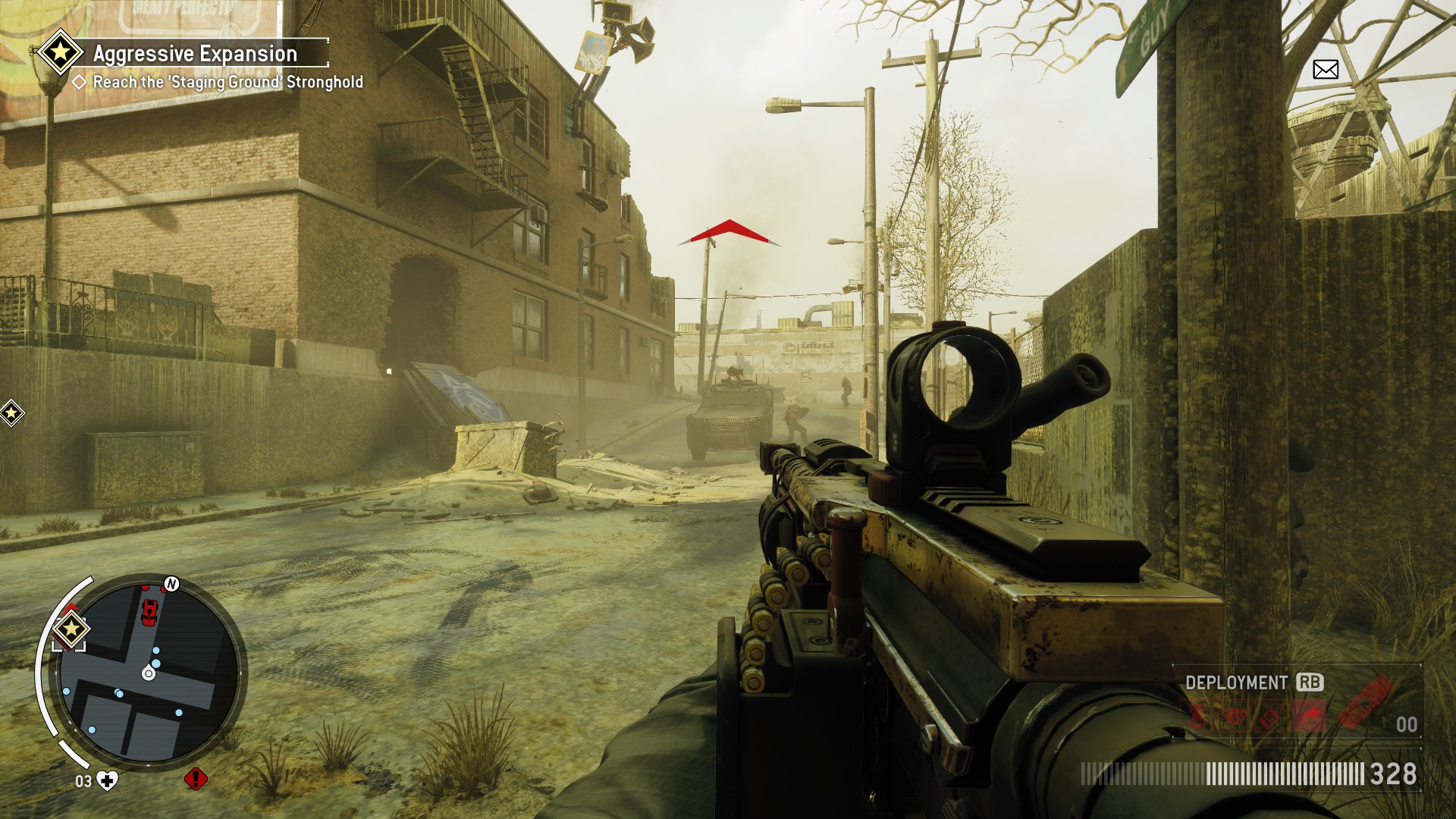
Those hopes were dashed within the first five minutes of a match. The Resistance Mode is essentially a cooperative version of the missions - both campaign and Strike Point/Stronghold capture - you undertake in the Store Mode. They are often reskinned and remixed, while also combining two or three into one longer form, but they are very much the same. Four online players are supported and at least two are required for a public match (private matches can be played solo if you wish). Each player chooses what weapons to take into battle and can customize their particular avatar with cosmetic items. You also have skill, like steadier aim while looking down a scope or reloading weapons faster, that you can unlock, allowing players to take on roles, like the heavy weapons guy, or the sniper lady. This is the only “new” idea presented within Resistance Mode and while it does make the mode more fun, it also requires a lot of time to make it worthwhile.
After each match, players are awarded experience and cash. Once you accumulate enough experience, you have to go into the skill menu and spend it to unlock a new skill for your character. Initially these only cost 1500 XP, or roughly two matches. Higher tiers of skills within each of the four trees become available once you unlock a certain number of skills within each tree, and the higher you go, the more it costs to unlock. The cash you earn can be spent to buy equipment, weapon, or vanity crates, which contain new attachments for your guns, a new gun, or new cosmetic items, respectively. They also contain a couple of consumable boosts that will give you increased damage or the ability to self-revive for one mission, and have a chance to contain weapon parts, which are used to upgrade your weapons. What attachment or gun you get is completely random. Considering the equipment crates cost $1000 and the weapons $2000, it will take you some time to completely unlock all of the different weapons and attachments for them. It is multiplayer grinding at its worst.
Despite all of this, the Resistance Mode is the one instance in the entire game where the ideas of guerrilla warfare and tactical ambush are (somewhat) present. The customization of your character’s gear and skills allows you to build a team to take on the North Koreans in a manner that seems more aligned with the game’s mechanics. It’s enough that I wonder, too, why this wasn’t just the main game. If the grinding was lessened and the missions were tied together in a slightly more narrative fashion, there’s the possibility of a good game there.

The best thing I can say about Homefront: The Revolution is that I didn’t hate all of my time with it. There were some fun moments where I was able to utilize the weapons and gadgets in semi-inventive ways to take on the North Koreans, like when I rigged up a remote distraction to lure a patrol around a corner and shot them with a rocket launcher. The rest of my time, though, was spent struggling with a clumsy weapon interface, waiting for the weapon modding animation to complete so I could shoot at the enemies all around me, and “soldiering” through each zone to see if anything ever changed.
What’s concerning to me most about Homefront, though, is that the best approach I found to the game was to treat as just another first-person shooter. I found the couple of guns with which I felt most comfortable, utilized the gadgets/equipment when needed, and then just ran-and-gunned my way to the end goal. This approach, which ignores the tools and ideas the developers built into the title just to make it bearable, speaks to a problem at its core; something that isn’t fixable with a patch. The interesting and, in some cases innovative, gameplay ideas that Homefront: The Revolution presents are at war with the reality of how the title actually plays out. Rather than being revolutionary, the end result is just revolting.

Mike’s Motion Sickness Special Report
Jason thinks this game is revolting, but it literally made me sick, which is part of the reason this review is running so late after release (sorry!).
Motion sickness is something I suffer from, but as a lifelong gamer, I’ve figured out many ways to negate it, especially with PC games. It’s very rare that I can’t counter the effect. Unfortunately, I was never able to get a good combination of options that made Homefront playable to me for more than 15-20 minutes at a time before I needed to step away.
Usually, the only thing I need to modify is the Field of View (FOV) setting - a shallow field of view is great for first-person games on a console, since you’re (presumably) further away from the screen and the game will feel more natural when looking at it. When I play on PC, I tend to crank the FOV up. Unfortunately, Homefront uses a vertical, rather than horizontal, FOV to calculate its viewport, which means the effectiveness of altering it doesn’t help me as much.
This, combined with the intensity of the motion bob (that you cannot disable in-game) made it so I constantly had to shut the game down to rest, and lessen the likelihood that I’d actually *want* to come back to it. Who wants to feel sick when they play a game?
I should note that the motion bob doesn’t seem to be as severe in the Resistance Mode, which made this the only part of the game that was semi-bearable to play for a longer session. Take that however you will.
Verdict
Co-Op Score
Overall
The Co-Op Experience: Resistance Mode is a brand new four-player co-operative online experience. Form a Resistance Cell with your friends online and wage guerrilla warfare against the KPA military in thrilling narrative-driven missions across occupied Philadelphia
Co-Optimus game reviews focus on the cooperative experience of a game, our final score graphic represents this experience along with an average score for the game overall. For an explanation of our scores please check our Review Score Explanation Guide.